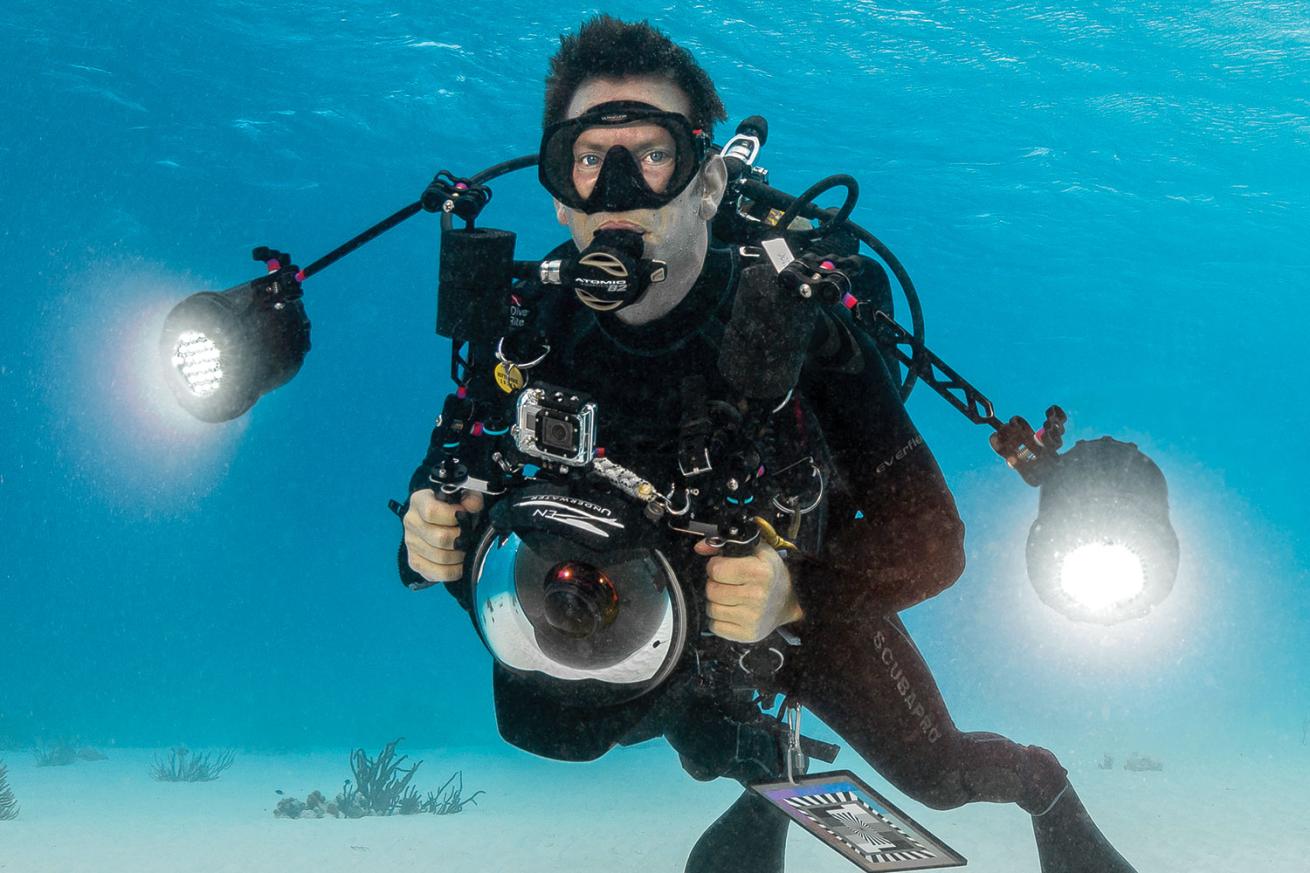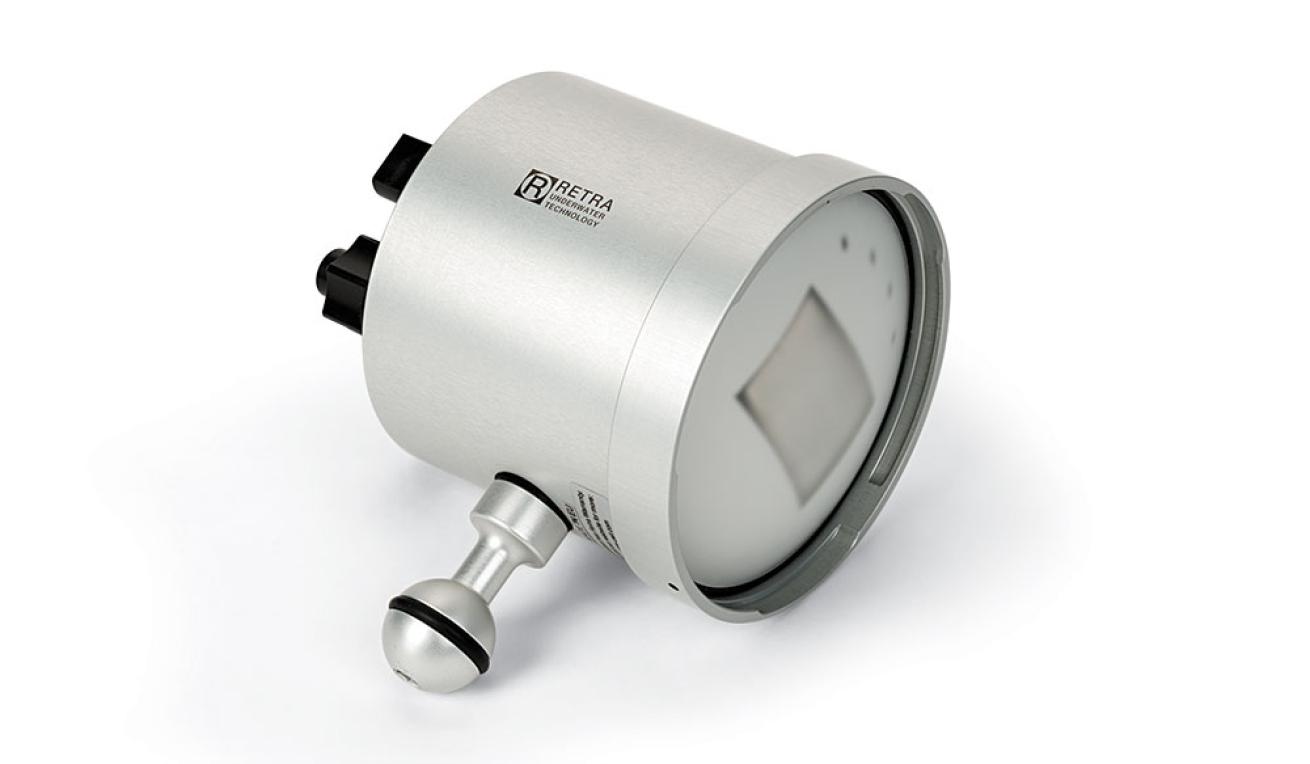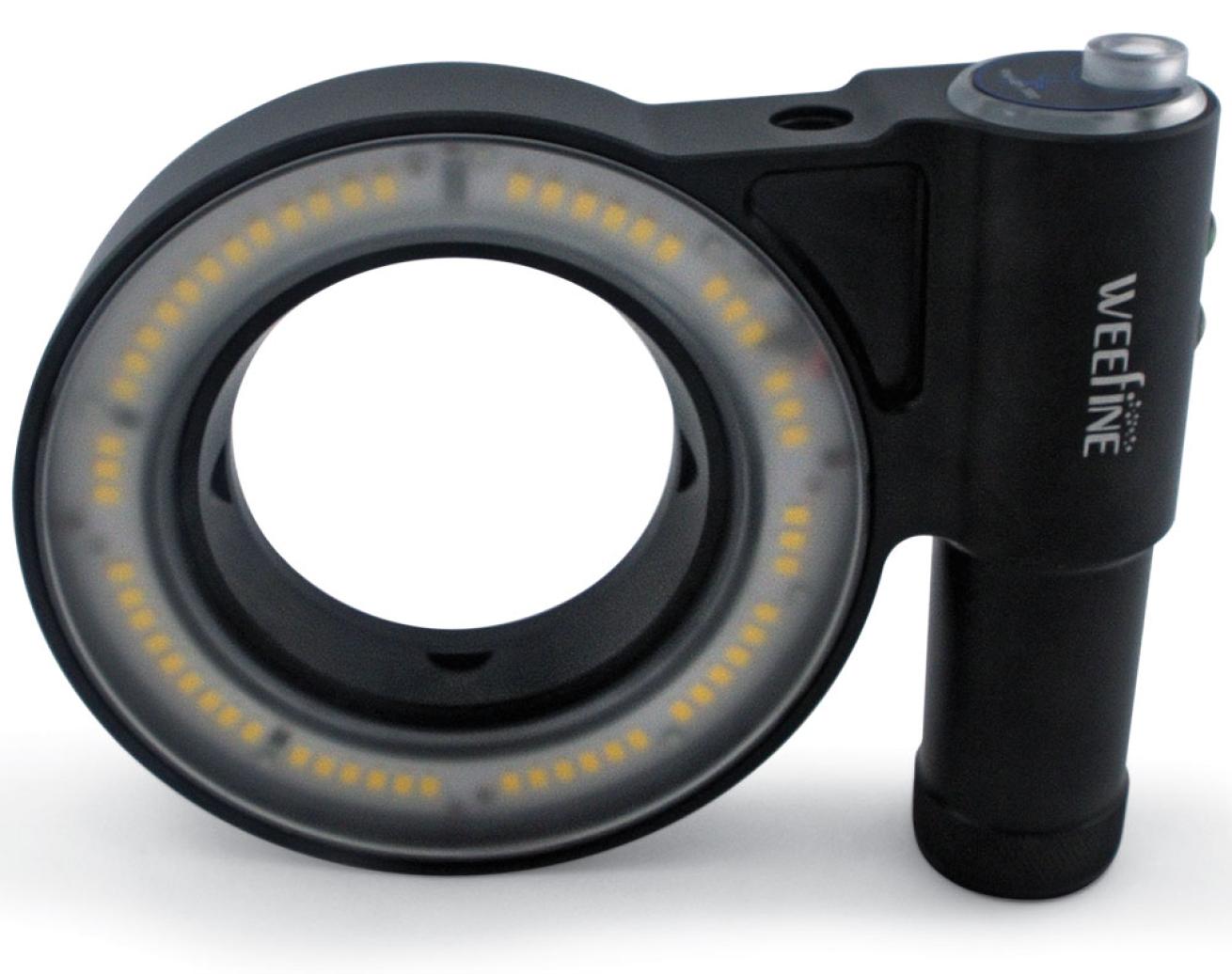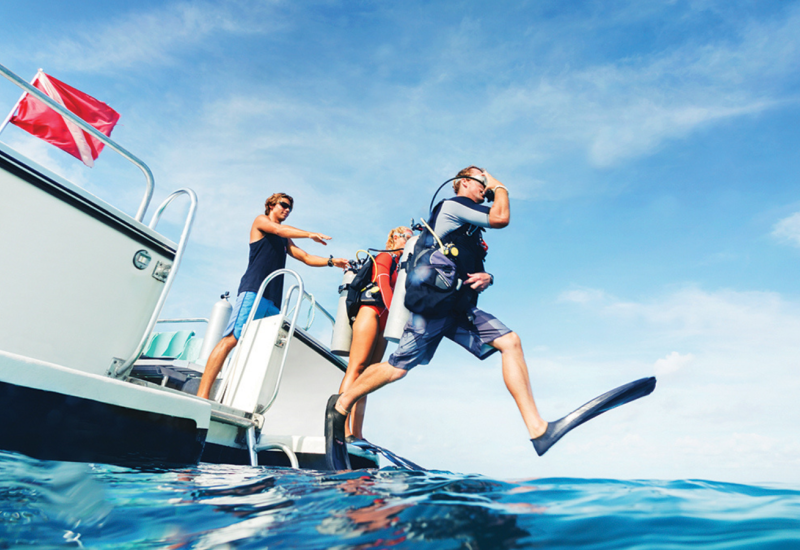Underwater Photography Tips for Strobe Positioning

Jennifer PennerShooting mostly wide angle? Wide-angle strobes usually have an angle of coverage of 90 to 100 degrees or more in both directions.
It’s basic ocean science: Water absorbs color the deeper you go, turning everything into a monotonous blue. A strobe’s “white” light is a game changer, and an essential part of an underwater photographer’s kit. This light contains the entire spectrum, making color visible again and transforming dishwater-dull scenes into vibrant displays of nature. You can get creative with strobe positioning, but first, it’s important to master a few basic techniques.
Wide-Angle Strobe Positioning
EXPERT TIP: Attach a diffuser to your strobe to spread out the light and increase the angle of coverage. It works like a lampshade over a naked lightbulb.
1. When you illuminate the water between the housing port and subject, light bounces off sand and particulate in the water, creating white-spotted backscatter. The goal is to light the subject without lighting that area in front of the camera. Position the strobes out to the side of the housing. The farther away the subject, the wider your strobes need to be.
2. Consider the direction in which you are aiming the light because you’ll see shadows on the other side of the subject. Position a single strobe above the housing; place dual strobes to the side and slightly higher than the housing.
3. Make subtle adjustments. Twist the strobe head(s) out/away from the subject if you’re seeing backscatter (but ensure the light still illuminates the subject). Raise the strobe(s) to create more shadow under the subject. Move your single strobe from the 12 o’clock position above the housing to 11 or 1 o’clock to add a touch of shadow on one side.
EXPERT TIP: Backlighting will cause a creature like a nudibranch to look nearly translucent, emphasizing the animal’s features.
Macro Strobe Positioning
The same basic principles apply for macro photography, but the strobe is pulled in close to the port for more-precise control of the light.
1. To create a black background, get close to the subject, then turn your strobe head about 100 degrees inward to where it is flashing mostly on your housing port. This will illuminate the subject but not the water behind the subject.
Photo Gear Bag
Editor’s picks for the best new strobes

Bill Doster
This powerful light creates a smooth, 110-degree-beam angle with simple controls that are easy to operate with bare fingers or gloves. Wide-angle shooters will enjoy the fast recycle time, while macro shooters will love the compatibility with the Retra LSD snoot.

Backscatter$650; Inon
Inon’s strobe packs more power and faster rapid shooting thanks to a twin flash and dome lens design, plus improved cooling. Control is made easy with the strobe’s redesigned back panel.

Kraken$229; Kraken Sports
Looking to mix it up on tight macro shots? The Kraken features a 3,000-lumen burst, allowing you to create more depth of field and freeze more movement in your images.










